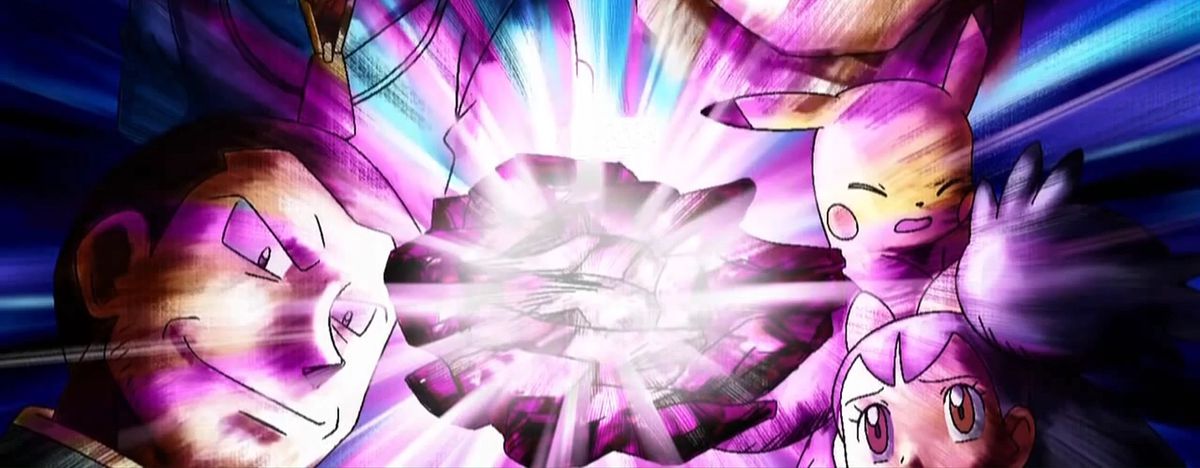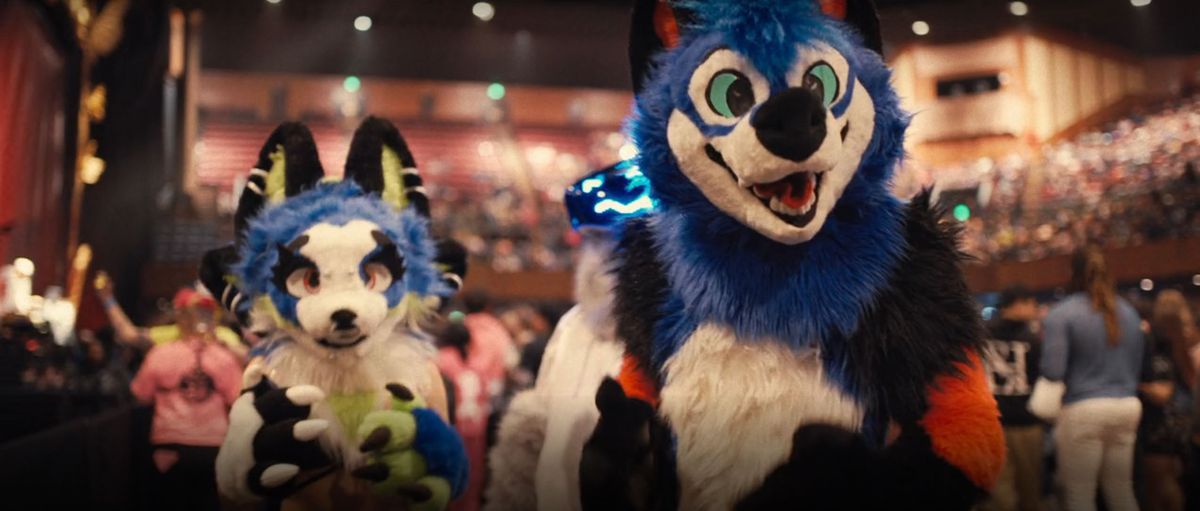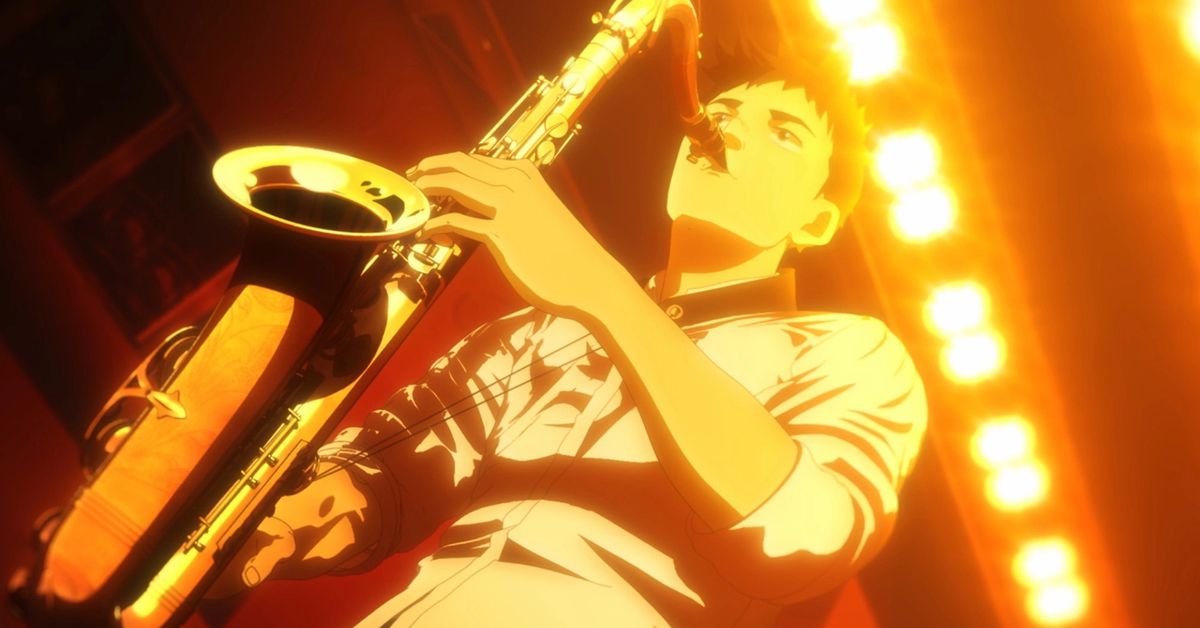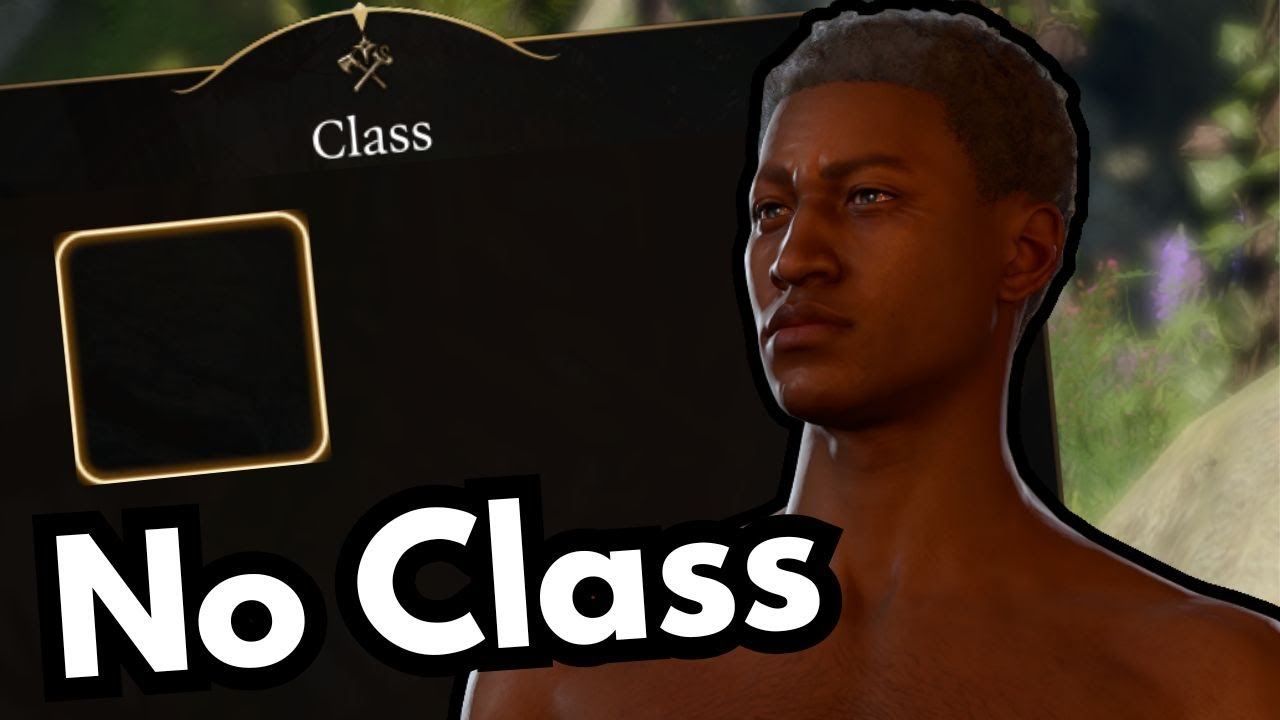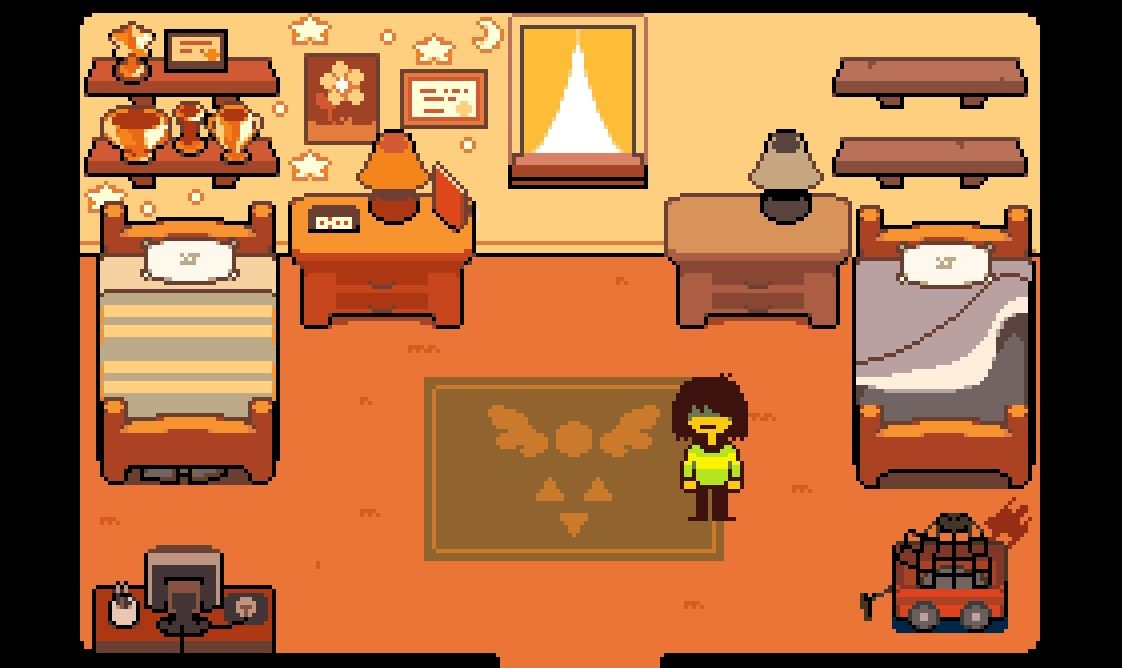Miguel Wants to Fight, Hulu’s new comedy from director Oz Rodriguez (Vampires vs. the Bronx), begins with a bunch of high schoolers wondering out loud whether the hero of One-Punch Man, a man so powerful he can defeat anyone with a single punch, would have trouble beating off. It’s a pitch-perfect bit of high school humor, not really that funny, but also not delivered in a way that’s meant to get laughs. It’s just teenagers idly trying to amuse themselves, edging their conversation toward something sexual to stave off boredom.
That moment from Shea Serrano and Jason Concepcion’s script also immediately signals what Miguel Wants to Fight is all about, for anyone who doesn’t believe the title. It’s not really a sexual movie, but it’s structured like a sex comedy, with the eponymous Miguel (Tyler Dean Flores) trying to lose his “fight virginity” before his family moves out of town as his anime- and action-movie-obsessed friends try to help him out.
Ahead of the movie’s release on Hulu on Aug. 16, we chatted with director Oz Rodriguez about Miguel Wants to Fight’s many anime references, the appeal of action movies to marginalized groups, and how to find just the right amount of humor in a movie about kids wanting to fight.
Polygon: So were you trying to make a movie with the most anime references ever? There are a lot of them!
Oz Rodriguez: Oh, man. I will be honest: My knowledge is more in action movies. But talking to the kids [in the movie], and the second-unit director, Chris Collins — he loves anime — slowly anime just started becoming a part of the process. Shea and Jason wrote the One-Punch Man conversation in the beginning, and that led to: Should we just go out and have an anime thing in this? And we worked with the studio that does Invincible [to make an anime-style scene]. For me, it was a slow education too, because I only watched movies. But now I’ve spent hours of my life watching Naruto, I’m on Attack on Titan now, and who knew that an anime about volleyball was going to be so exciting?! So yeah, my whole life has changed.
I’m familiar with this journey.
It was really interesting! It was an inspiration for the action scenes, and how we shot the action scenes. But also, it’s interesting how anime handles narrative scenes, and how you shoot people just talking. So it was a real education, it was really cool.
Fighting is very much a part of these characters’ culture — I think martial arts movies are a big part of growing up as a brown kid, and this movie reflects that with references and homages. Why do you think that’s such a part of so many cultures?
Maybe it’s like, just seeing someone that is an amazing hero, who maybe doesn’t look like the heroes you are presented with every day? I think that maybe has something to do with it. And they are very formidable heroes using only their hands and their feet. So I wonder if that is it, that underdog mentality.
One of the fun hooks to this movie is that it’s a fight movie structured like a sex comedy.
That was a running joke, that he’s trying to lose his fight virginity. Those movies, they’re usually in the pursuit of losing your virginity. I think the best ones are really funny, but the characters feel real. They have some sort of grounded place they’re coming from. Like, Superbad has this main connection, these two [friends]. We follow them as they’re trying to get liquor and alcohol for this party, but they have this big blowout fight.
:no_upscale()/cdn.vox-cdn.com/uploads/chorus_asset/file/24852139/miguel_wants_to_fight_cast.jpg)
That’s something we talked about, just that idea of showing these kids, these teenagers, as what kids nowadays could really be like, and treating them seriously when they have real emotions and real fights. Like, what does that feel like?
I’m curious about how you decided to portray fighting, tonally. In some teen dramas, a fight is a big deal, but here, it’s just part of the fabric of things: Some kids scrap as they grow up, some don’t. Did you have a rule of thumb for keeping the right amount of levity?
Some of it is putting that in the texture of the film and the world-building. Like, [Miguel] is surrounded by violence and fighting, but it’s not necessarily acknowledged, you know? There’s no character being like, We are surrounded by violence — but he’s walking by a mural of boxers. So it’s in his world, in his element. And I think it’s important to find those moments of levity, but also find those real moments or real truth, so not necessarily everything lands with a joke.
A lot of it is having conversations with not just the actors, but the crew. This is the world, it’s a world of fighting, but this kid just doesn’t want to — he wants to do things his own way. So how do we use all the elements to show that? Like the mural, and a character like [Miguel’s] dad, he makes a living out of fighting. He is a boxing coach, but he tells the kids, “If you’re going to fight, you have to do it at the gym.”
It’s also refreshing to see a Latino dad tell the kid at the end that it’s OK to just be you. That’s why we love you, you can be your nerdy self. That is great. You don’t have to get in a fight.
Miguel Wants to Fight is now streaming on Hulu.
